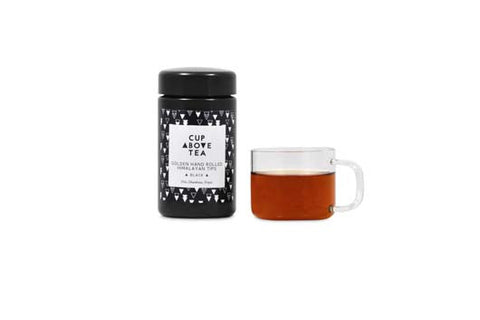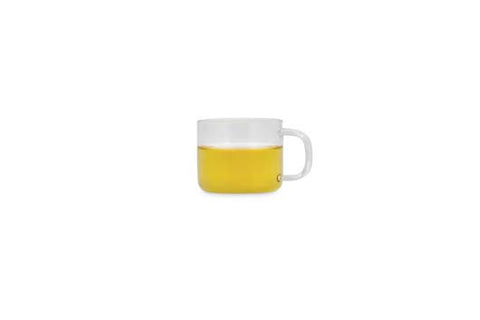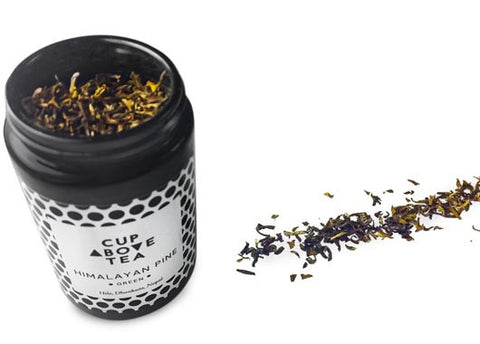Himalayan Black Summer - black tea
$3.95

| Style | Black Tea | |
| Origin | Jun Chiyabari, Hile, Dhankuta district, Eastern Himalayas, Nepal | |
| Season | Summer 14 | |
| Altitude | 1500m | |
| Batch | JCB3 |
A black Nepalese tea with instant visual appeal and a rich, chocolatey aroma. Full bodied, smooth and malty with unique hints of toffee and maple. It’s bold, beautiful and best in breed. A perfect kick-start for the morning.

 |
95 degrees Celsius | |
 |
1 x tablespoon (3 grams) | |
 |
150 ml water (small tea cup) |
|
 |
Infuse for 2 minutes |
The Stories We Drink
|
This black tea is from Jun Chiyabari, a small and exclusive organic estate in Nepal’s eastern Himalayas. The garden sits high in the hills of Hile, a small town in the Dhankuta district. The garden is young and was established from scratch in 2001. The harvests are small and limited in quantity. The quality is unsurpassed. The garden is organic and the small team is passionate about flavour. Jun Chiyabari focuses on experimental and unusual styles that make the most of unique terroir. Tea cultivars have been sourced from around the world and very few similar estates have such diverse plantings. It is this diversity, the exquisite high mountain soil, a perfect climate and an unrelenting focus on quality that gives our Nepalese teas such a special character. Himalayan Black Summer is produced using both Taiwanese and Nepalese manufacturing techniques. This results in interesting characters in the cup. There’s a great malty taste, reminiscent of an Assam style tea, combined with a beautiful balance that is unique to these high-grown leaves. It’s a visually stunning tea and the aroma is delicious and lingering. This is a perfect morning tea, and a lovely dessert-style treat after dinner thanks to sweet, chocolatey notes. Jun Chiyabari is certified Organic under EU, NOP USDA-ORG and JAS standards. We need look nowhere else in Nepal to secure the very best batches for you. We’re absolutely confident that they will come from Jun Chiyabari. You can read more here. |
|
Craftsmanship
 |
Plucking: Leaves are harvested in summer |
|
 |
Sorting: Leaves are carefully sorted to ensure only the highest quality leaves and buds are included for processing. |
|
 |
Withering: The leaves are spread out to evaporate the moisture and make the leaf pliable. This is important so that the delicate cell structure isn’t damaged during the rolling phase. |
|
 |
Rolling: The leaves are machine rolled to release the chemicals stored in the leaf cells. This chemical change triggers the oxidation process. |
|
 |
Oxidisation: The leaves are laid out on long trays and the air reacts with chemicals released during rolling. This is what turns the leaves from green to brown, then black. The tea master’s expertise is critical at this stage. If the leaves are left to oxidise even a few minutes too long, the tea will be overpowering and lose its subtlety and layers. If it’s not oxidised for long enough, the complex flavours won’t have a chance to fully develop. |
|
 |
Drying: Once the perfect level of oxidisation is reached, the leaves are gently heated to halt the oxidisation. This locks the flavours in and makes the tea shelf stable. The temperature of the air and drying time is carefully controlled. If the tea dries too slowly it can stew. If it dries too fast, the outer edges of the leaves dry faster than the inside. Minor tweaks are made as the leaves are processed, taking the physiology of the leaves in that particular batch into account. The leaves differ from spring, to summer, to autumn. |















